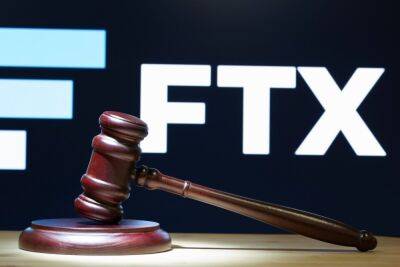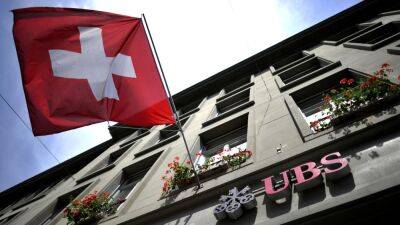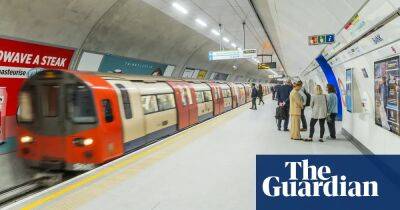‘We need to change, if we like it or not’: London’s Ulez expansion
A s the old prayer might have put it: Lord, give us cleaner air – but not just yet. To the joy of some and the dismay of others, six months from now, London’s ultra-low emission zone (Ulez) will extend across the entire capital.
Few recent political decisions aside from Brexit have proved so divisive. Is it a difficult but necessary move that will improve the health of millions; or a squeeze on thousands of cash-strapped suburban Londoners?
London’s mayor, Sadiq Khan, argues the city cannot afford to stop people “breathing in poison”, with 4,000 premature deaths a year from toxic air in the capital.
Yet in places it has become a hot “culture war” issue, with suburban councils lining up against the Labour mayor, fuelling conspiracy theories on the fringes. In the middle are a significant minority: people driving older, polluting cars, now faced with a £12.50 fee each day they use them in outer London.
London’s Ulez is by far the most extensive of Britain’s clean air zones, most of which only cover city centres and are driven by national government policy to meet legal pollution limits. Several were delayed during the Covid-19 pandemic and subsequent economic turbulence; Manchester, notably, has abandoned plans to charge vehicles after facing fierce opposition.
Sheffield is the latest city to implement one – its zone comes into force on Monday. But, as in the Tyneside scheme, which launched last month, only older commercial vehicles face possible charges. Outside London, only Birmingham and Bristol charge private cars.
Cars, though, are the major target now in London, with older HGVs already paying £100 a day to enter the city-wide low emission zone since 2021. That boundary will be matched by the Ulez from 29 August, affecting
Read more on theguardian.com











